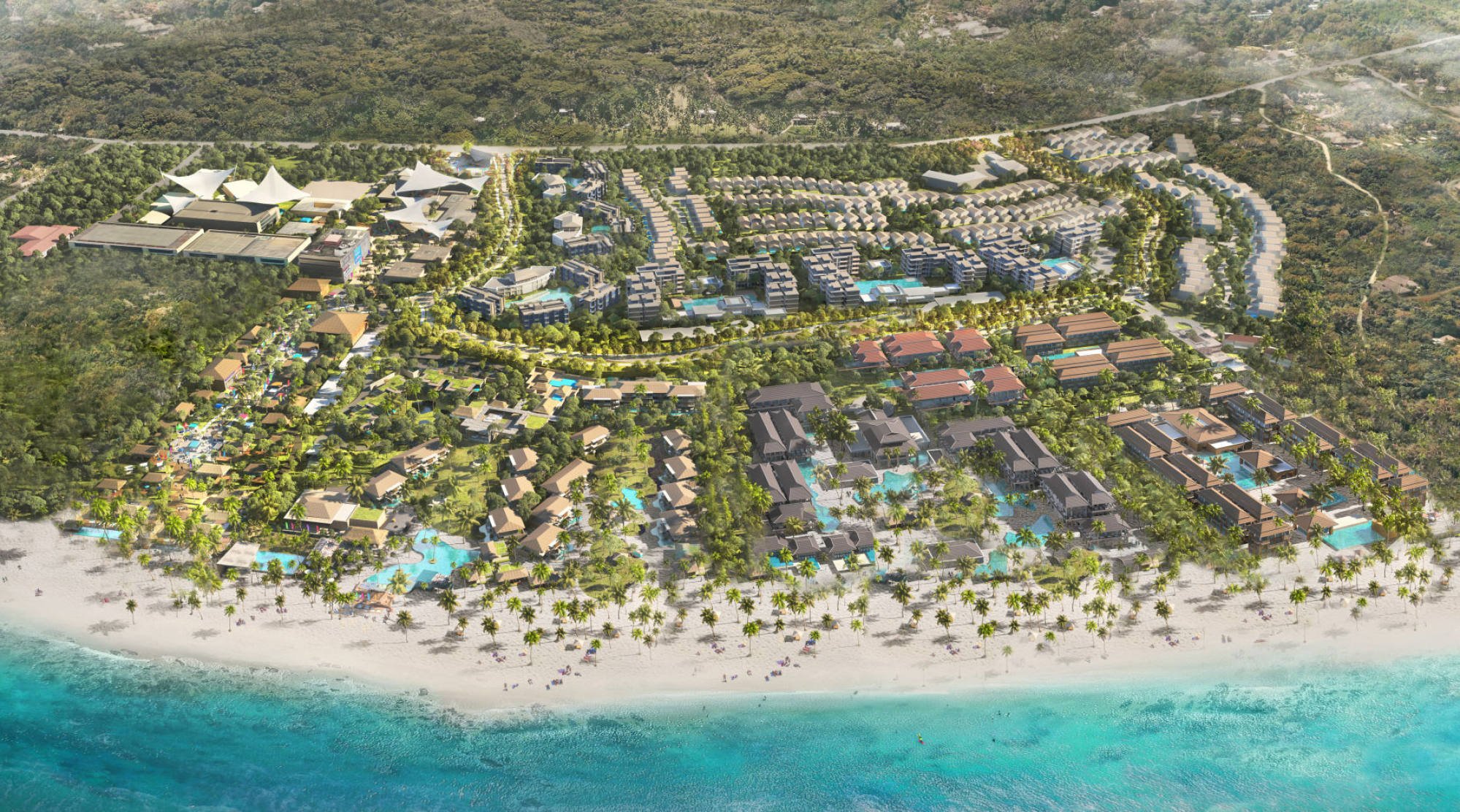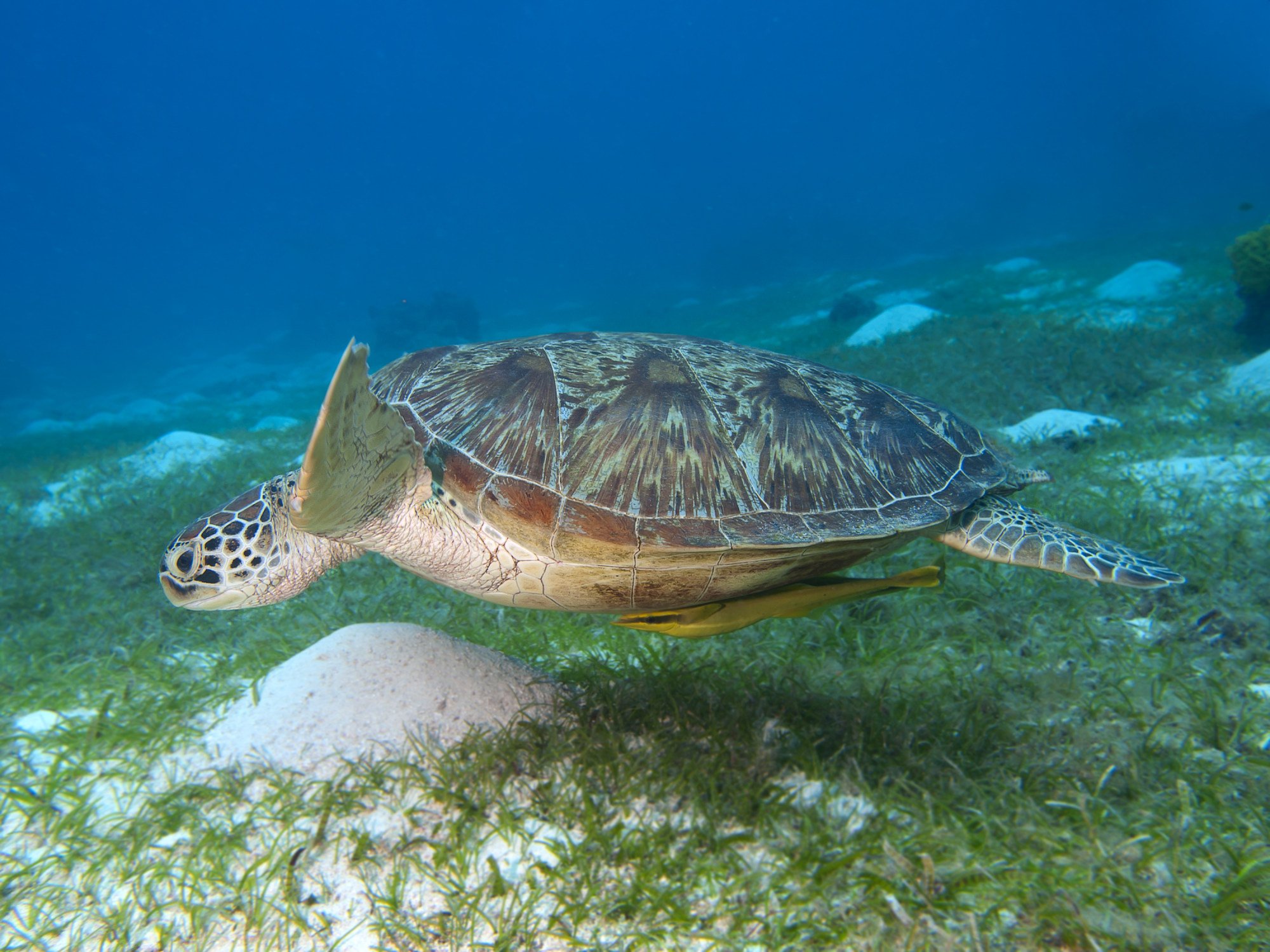
Panglao, in the Philippines: a holiday destination of dream beaches, vivid marine life and agritourism
- The Philippine island of Panglao is only 91 square kilometres but has a variety of attractions, including beaches, marine life for divers and local handicrafts
- South Farm champions agritourism while new infrastructure and the under-construction Panglao Shores resort are set to raise the island’s tourist profile
A breeze sweeps through the second-floor Buzzz Cafe. The chatter of families, friends and lovers strolling along Alona Beach’s startling white sand rises up to us as we tuck into grilled white fish with a colourful flower salad and a broth packed with prawns, fish, clams and vegetables fresh from the diner’s organic farm.
The opening of the Bohol-Panglao International Airport in 2018 bolstered arrivals to the province, the number rising from just above 1.1 million in 2017 to almost 1.6 million in 2019, according to the country’s Department of Tourism.

Covid-19 put tourism development on hold but Bohol officials claim arrivals have almost returned to pre-pandemic levels since the Philippines reopened its borders in February 2022.
The waters surrounding Panglao – size: 91 square kilometres (35 square miles); population: less than 80,000 – are especially appealing to divers as they are home to 145 types of coral and endangered, vulnerable species such as manta rays, whale sharks, giant clams and turtles. Bottle-nose and long-snouted dolphins swim among other majestic marine life off nearby Pamilacan Island.
‘We kept it natural’: Indonesia’s Sumbawa is an unspoilt paradise, for now
Alona Beach, a 1.5km (0.9-mile) stretch of white coral sands backed by guest houses, bars, restaurants, souvenir stands and dive shops, may be Panglao’s most popular but an abundance of beaches means there is one to suit almost every taste.
Bolod, for instance, has its own 1.5km stretch of blinding white sand with palms that stretch towards sparkling waters, but only a handful of resorts dot the shoreline, making this a serene spot in which to while away the day in a hammock slung between palm trees.

Men wade through ankle-deep water planting bundles of rice while the almost-deafening quack of ducks drifts from vast ponds. Poultry and pigs are also reared on-site and it comes as no surprise to learn that the farm supplies nearby hotels with much of their produce.
Boholano handicrafts are nurtured here, too. Dotting the farm are structures made from wood and other materials salvaged from dilapidated buildings.

Nearby Bohol Bee Farm – the enterprise that supplies The Buzzz Cafe with its organic produce – is another venture embracing agritourism. As well as offering a few rooms to rent, farm workers run tours several times a day to introduce visitors to its weavers, bakers, farmers and innovative recycling operations.
Following the new airport and the second of the two bridges that connect Panglao to Bohol, which was opened in 2022, more development is afoot.
Bohol-based conglomerate Alturas Group recently unveiled its master plan for Panglao Shores, a project on the southern tip of Panglao that, its developers claim, will provide a blueprint for sensitive tourism development across Southeast Asia.


Panglao Shores is one of five Tourism Infrastructure and Enterprise Zone Authority projects countrywide, all of which are aimed at attracting sustainable tourism developments designed to deliver economic and social benefits.
Ground has been broken on the 56-hectare, US$545 million project, with the first phase – a 188-key hotel – slated to open in early 2024.
The following eight years will see: five hotels built along a 1km stretch of beach; 37,000 square metres of retail and commercial areas; 1,000 homes that will constitute a satellite city; parks, farmers’ markets and pathways; international standard medical facilities – a first for Panglao; and a convention centre.

It is envisioned that the Panglao Shores project will employ 10,000 Boholanos.
Solar power, natural ventilation and Filipino vernacular design are expected to help cut energy consumption by 30 per cent in retail areas and 36 to 42 per cent in the hotels, according to London-based sustainability experts XCO2, who have helped with the design.
Water management strategies include a one-hectare rainwater collection area and drainage that channels waste water away from the sea and into reuse on land, something that is key to protecting Panglao’s corals.

“The development is talking about nature, using Bohol’s culture and history to create a sense of place, while putting the community and sustainability at its heart,” said Hope Uy, Panglao Shores’ 35-year-old chief executive, at its launch.
“These are elements that are essential to design, sustainability and creating developments that work with their surroundings for future generations.”

